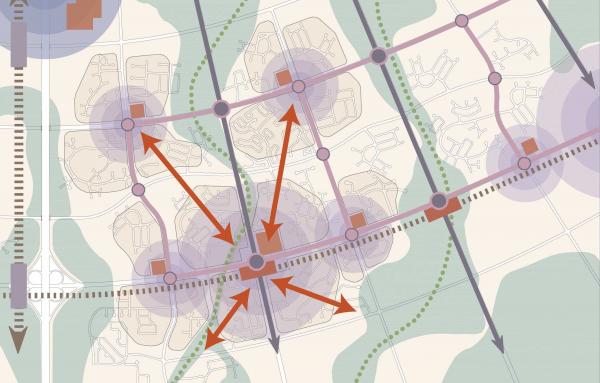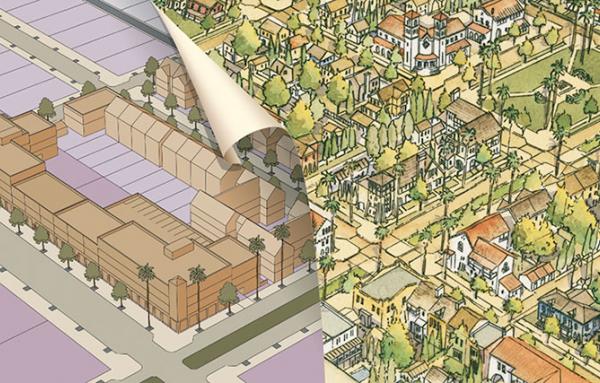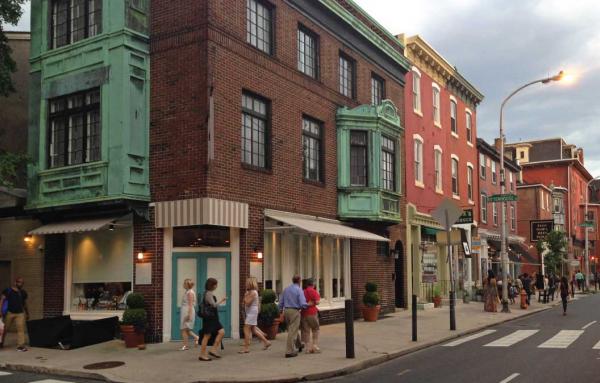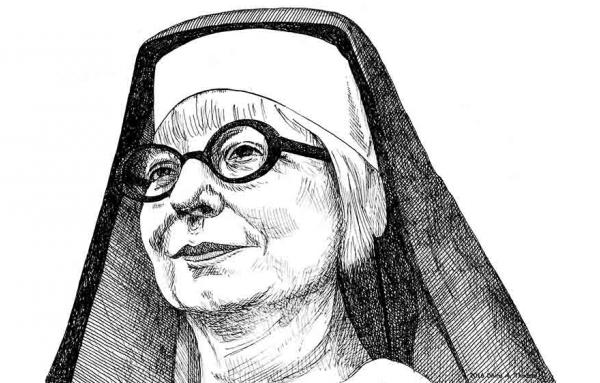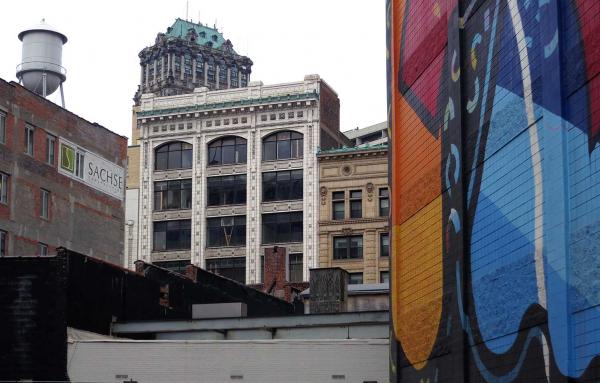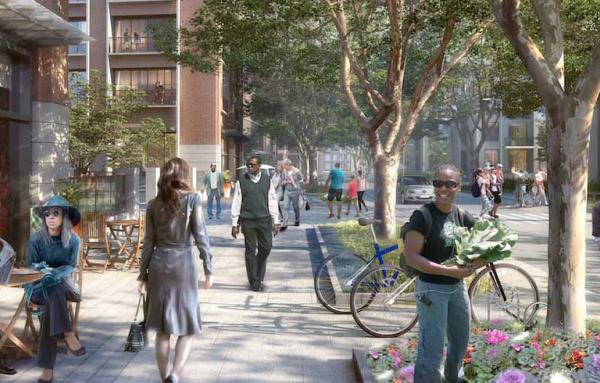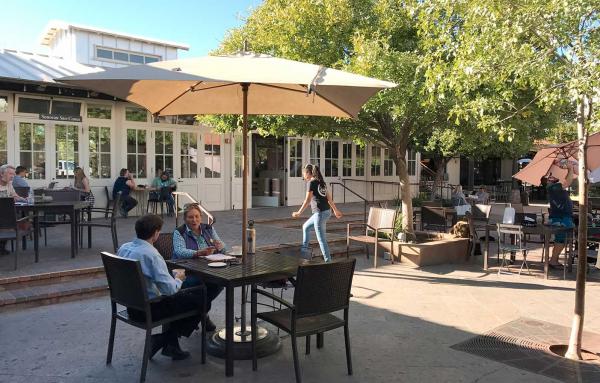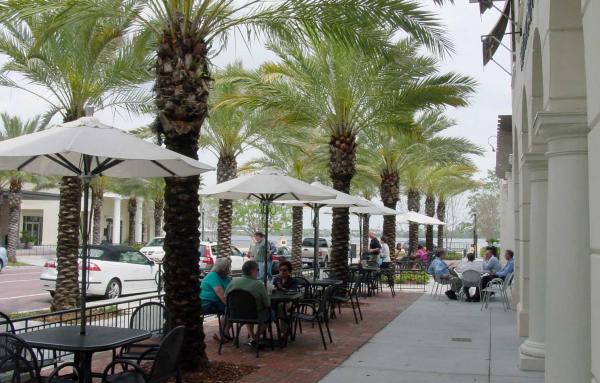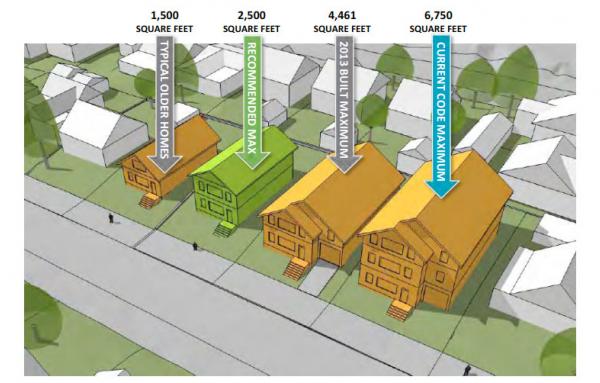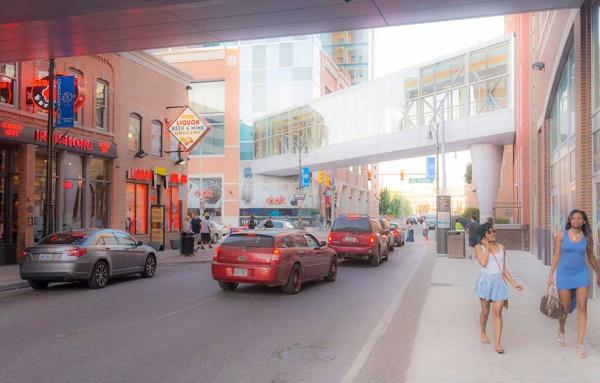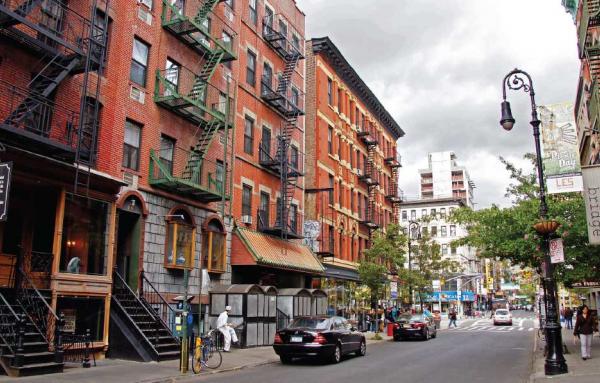RECENT ARTICLES – 2016
New Urbanism has an opportunity to influence where self-driving vehicles take us—which could be social hubs in a polycentric city.
The Form-Based Coding process ensures that the discussion about where and what type of housing to allow happens at a community level, rather than on a project-by-project basis.
Building a Better Burb can sometimes fall victim to raw politics unless public officials see grassroots support.
Strong demand for historic downtowns and neighborhoods brings a surge of population at a level not seen in 70 years.
The Pink Zone is a tool for concentrating resources to enable small-scale, community-centered revitalization. It defines an area of focus, leverages a suite of tools, and provides a community platform to gather resources and make commitments.
City planning department, with funds from the Knight Foundation, hires teams to explore reducing red tape in development projects.
Whenever we are writing character-based zoning, one of the first things we do is a regional tour to analyze the DNA of the most loved places. Places cannot be resilient unless they can be loved.
Here's how Orlando replaced a hole in the city with connective tissue.
Proposed code changes are designed to reduce teardowns and encourage multiple small units in existing neighborhoods.
Detroit’s real renaissance is now happening in many small places, not the few big ones. Walk around Brush Park, Lower Woodward, and Midtown, and you’ll find all sorts of cool stuff popping up.
From California to the New York Islands—more business activity, affordability, and diversity can be found in neighborhoods with a range of old and new buildings.
